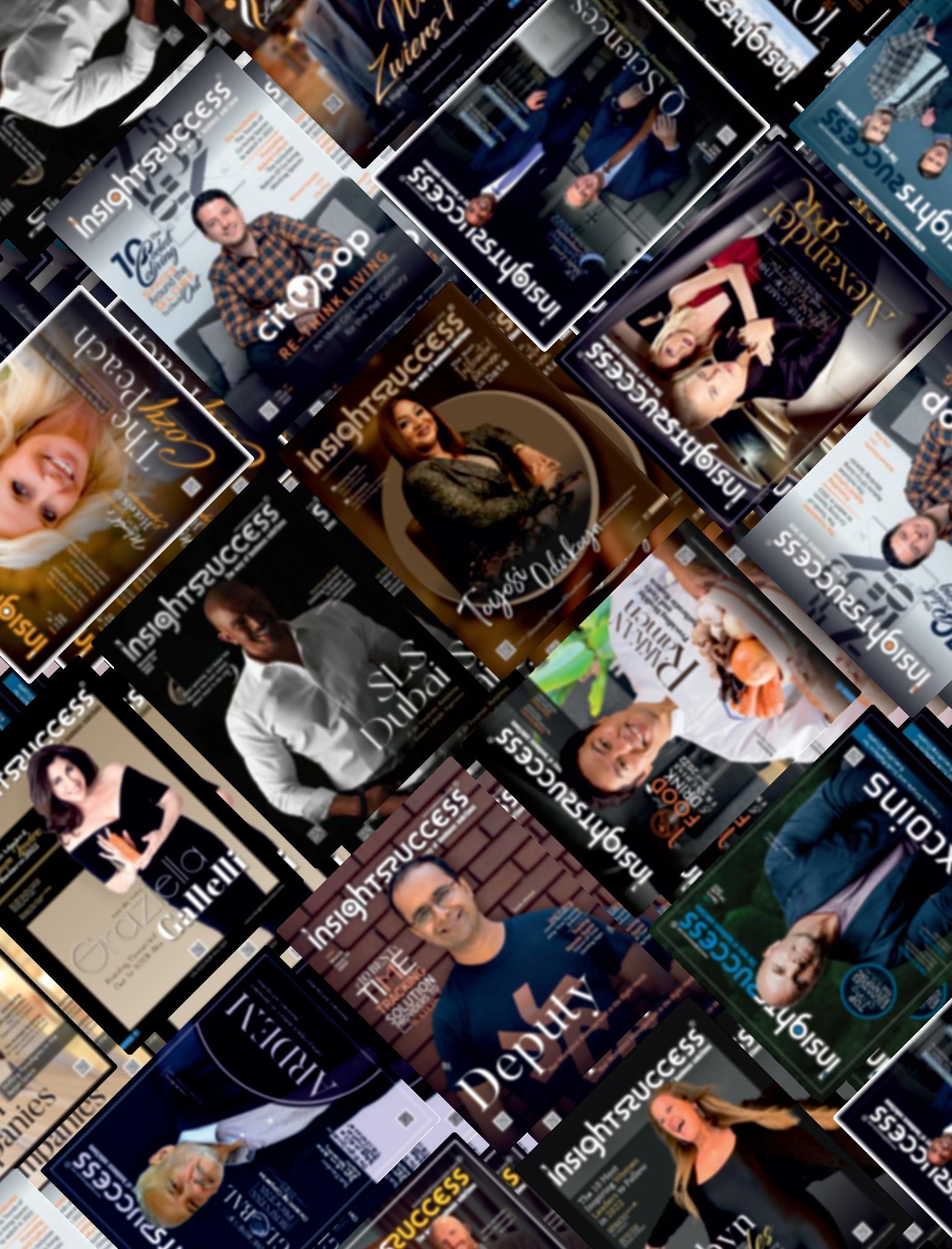


















Attheheartofmeaningfulprogressineducationliesarare
combination:deepacademicinsight,forward-thinking innovation,andagenuineconcernforhumandevelopment. FewembodythisblendmorecompletelythanProfessorRichard Larson.
Oftencalled“TheFatherofEducationalInnovation,”RichardLarson’s lifelongdedicationtooperationsresearch,digitallearning,andstudent engagementhasquietlybutpowerfullyreshapedtheeducational landscapeintheUnitedStates—andbeyond.Hisworktranscends traditionalteaching.Hehasnotonlyadvancedmathematicalmodels andanalyticalthinkingbuthasalsohumanizedthem—bringing empathyintoareaswheredataandlogicusuallydominate.
Inanagewherestudentsareoverwhelmedwithinformationbutoften starvedforguidance,Larson’sapproachstandsout.Hehasalways believedthattechnologyshouldnotreplaceeducatorsbutempower them;thatdatashouldnotstriplearningofitssoul,butrefineand elevateit.Hisbeliefincombiningrigorwithcompassionhaslefta lastingimprintongenerationsoflearners,educators,andinstitutions.
Thisspecialfeature, America’s Education Pioneer Merging Math, Empathy, and Technology,isatributetoLarson’senduringimpact. FromhisleadershipatMITandpioneeringroleinintroducingblended learning,tohismissiontomakeeducationmoreaccessibleand inclusivethroughtechnology,hisjourneyisapowerfulreminderthat transformationineducationbeginswiththecouragetothinkdifferently
WhatmakesRichardLarsonremarkableisnotjusthisintellect—it’s hisunwaveringvision:thateducationmustpreparestudentsnotjustfor exams,butforlife;notjustforcompetition,butforcontribution.
Throughthisdedicatedpiece,wecelebrateamanwhoselegacy continuestounfoldinclassrooms,policycircles,digitalplatforms,and studentminds.Apioneerineverysense,Larsonremindsusthatthe futureoflearningisnotonlyaboutadvancement—it’saboutalignment: ofknowledgewithpurpose,ofinnovationwithempathy.
Hisstoryisnotjustoneofachievement—itisoneofpurpose,vision, andheart.

How Dr. Richard Larson Transformed Operations Research, STEM Education, and Model-Based Thinking Forever
16
How Empathy-Driven Technology is Reshaping Mathematics Classrooms?
Transforming STEM Education Through Social-Emotional Learning Integration


June, 2025

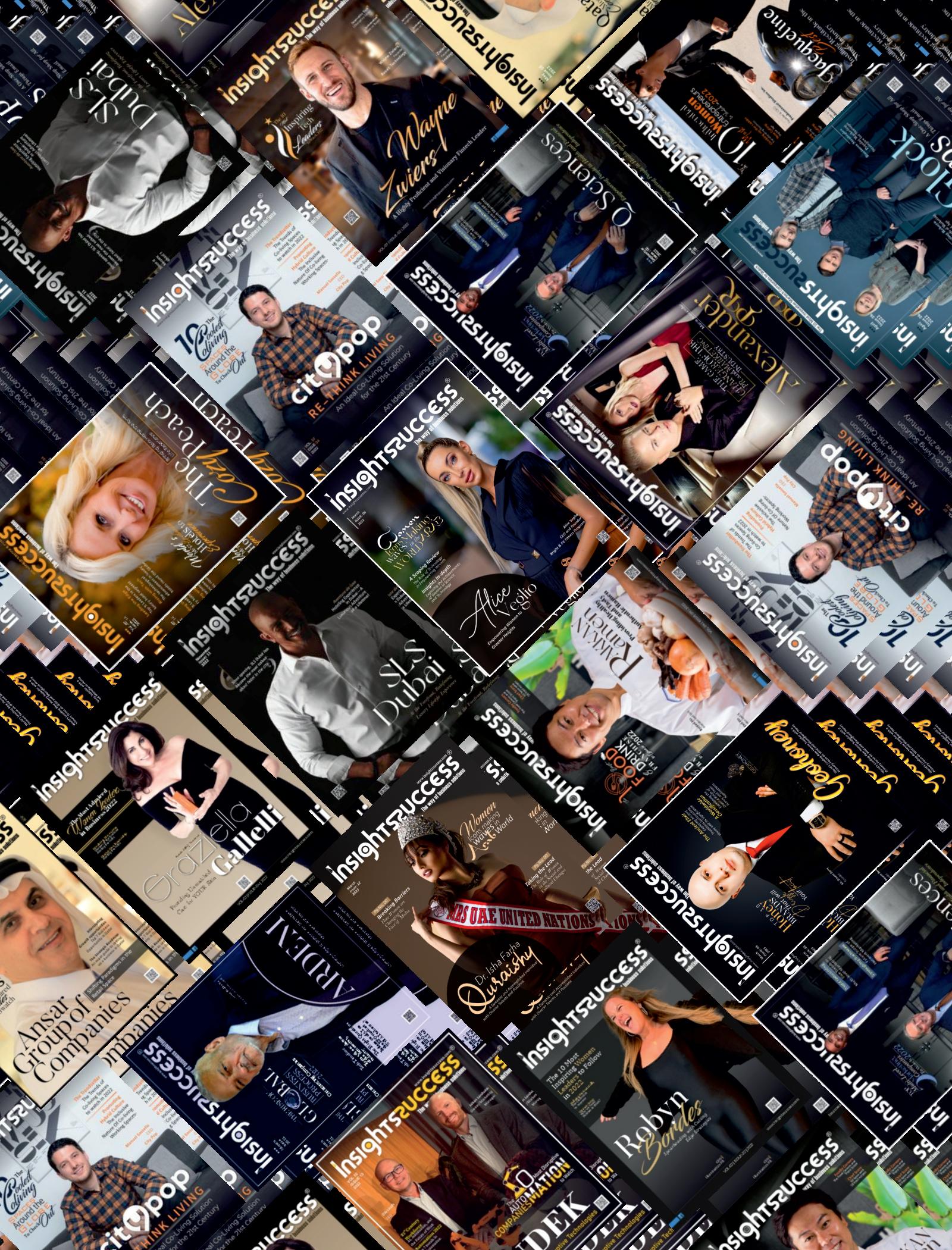


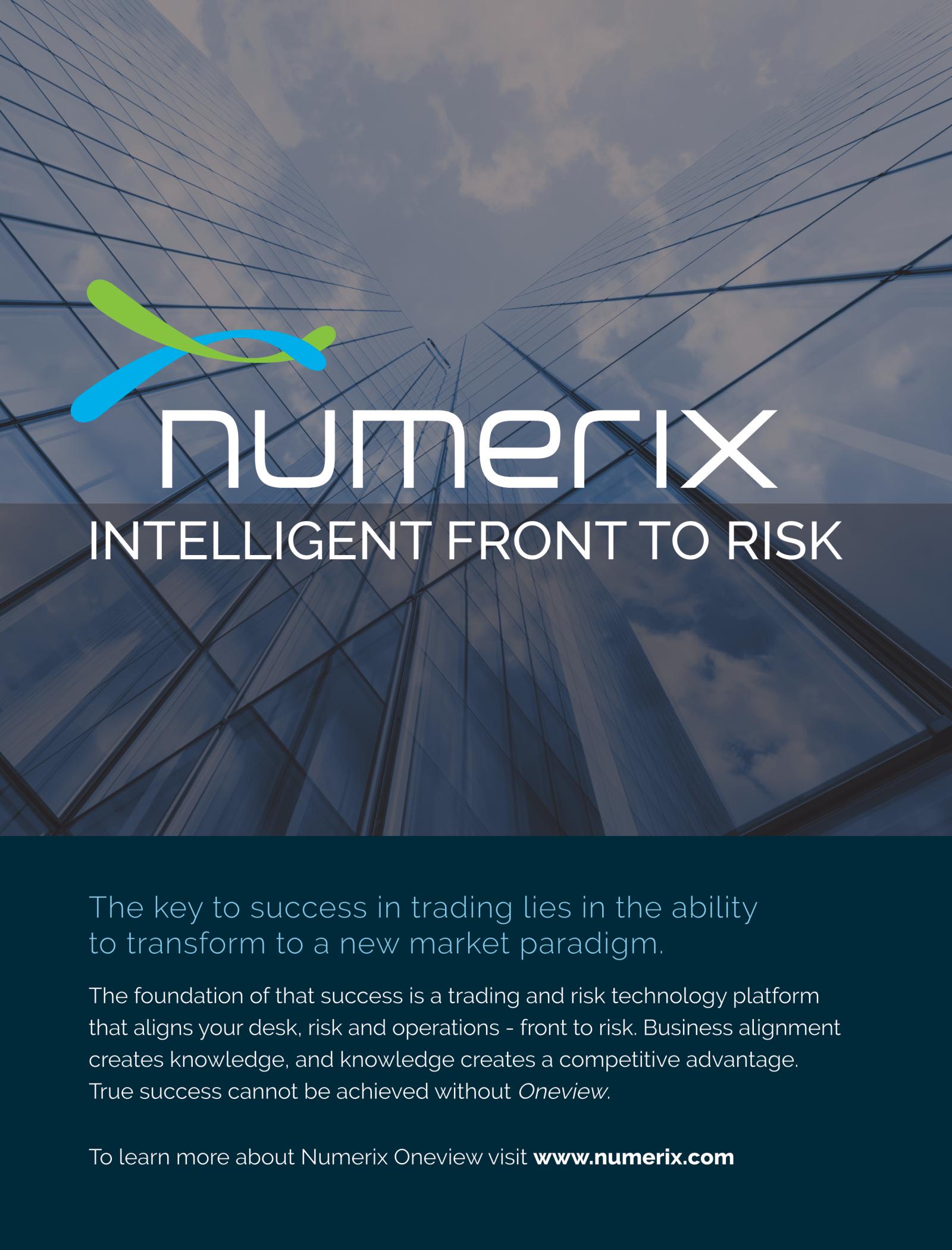







Few individuals have had as enduring and interdisciplinaryanimpactasDr.RichardLarson.A name synonymous with innovation, foresight, and intellectualrigor,Dr Larson’scontributionsspanoperations research, emergency response optimization, public service planning,andtechnology-enhancededucation.Hisworkhas notmerelyimprovedexistingsystems—ithasredefinedhow industries,governments,andacademicinstitutionsapproach complex problems. With over five decades at the Massachusetts Institute of Technology (MIT), his journey embodies a deep-seated passion for making the abstract practicalandthetheoreticaltransformative.
Attheheartofhislegacyliesaphilosophy:thatmathematics, when paired with real-world observation and critical thinking, can be a powerful tool for change. Dr. Larson’s groundbreaking creations like the Queue Inference Engine (QIE) and the Hypercube Queueing Model have had sweeping effects across sectors such as healthcare, urban planning, and public safety Beyond numbers, he has stood firminhiscommitmenttohands-onlearningandmentorship, deeplyinfluencingbothpeersandprotegesglobally
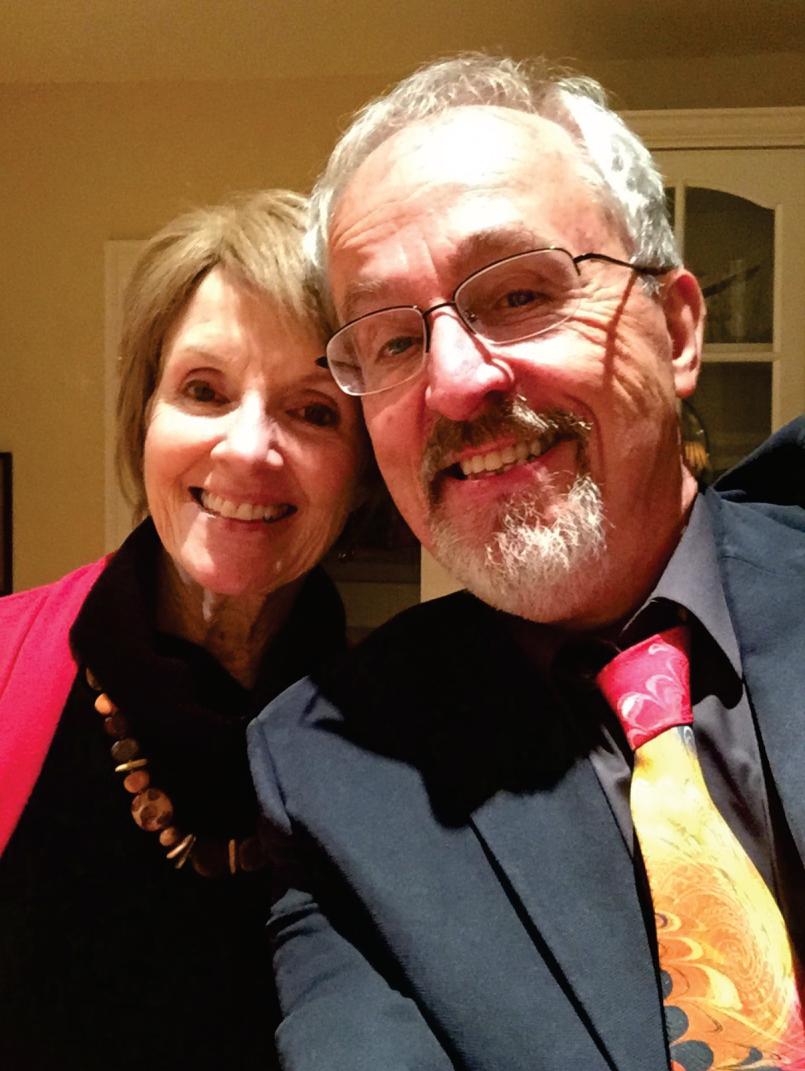
“Dr. Richard Larson has lived a life of purpose, constantly bridging the gap between knowledge and action. His models have transformed how systems are run. His educational initiatives have opened doors for learners worldwide.”
Now semi-retired from research yet still actively shaping discourse,Dr.Larsoncontinuestoserveasamentor,advisor, and thought leader. His legacy is not one of past glory but ongoingrelevance—ablueprintforaspiringleaderswhowish toblenddeepdomainexpertisewithpracticalsocialimpact.
Dr. Richard Larson has long been fascinated by the hidden mechanics behind everyday inefficiencies. His journey into the world of queues wasn’t incidental—it was intentional, driven by a desire to improve public services and system management.“Whydosomelinesseemtomoveatlightning speed, while others feel frozen in time?” he once pondered. That question led to the creation of the Queue Inference Engine (QIE), a tool that has since transformed industries frombankingtohealthcare.
Through QIE, Dr. Larson gave organizations a powerful methodtoanalyzecustomerflow,servicerates,andwaittimes withoutintrusiveobservation.Thisdata-drivenapproachhas empowered decision-makers to predict and mitigate bottlenecks, making customer experiences smoother and more efficient. For instance, hospitals have adopted QIE to reducepatientwaittimes,andretailbusinesseshaveuseditto improvestaffingandresourceallocation.
Inhiswords,“Queueingtheoryisnotjustaboutnumbers.It’s about people their time, their expectations, and their satisfaction.” This focus on human-centric problem-solving hasbeencentraltohisworkandadefiningcharacteristicofhis philosophy

TheAccidentalProfessorwithaMission
Interestingly, academia wasn’t Dr. Larson’s original career plan. “I never imagined I’d be a professor,” he recalls.As a young student at MIT, his love for physics and mathematics wasclear,butitwasonlythroughreal-worldengagementthat he discovered his calling. One pivotal moment came during graduateresearchonurbanpolicing,wherehespentover200 hours riding in patrol cars to observe police response firsthand.
This immersive experience led him to the President’s Crime Commissionandeventuallysolidifiedhisplaceinacademia. His direct exposure to field operations shaped his lifelong beliefthatthebestmodelsemergefromfirsthandobservation. “Theory without reality is fiction,” he says. His early career laid the foundation for a style of research that is equal parts analyticalandexperiential.
Since then, he has mentored countless students, many of whomhavegoneontoshapetheveryfieldshehelpeddefine.

“Through QIE, Dr. Larson gave organizations a powerful method to analyze customer flow, service rates, and wait times without intrusive observation. This data-driven approach has empowered decision-makers to predict and mitigate bottlenecks, making customer experiences smoother and more efficient.”


His career reflects not just success, but an unyielding commitment to making academic knowledge practically relevant.
Dr Larson’s work in operations research is legendary His Hypercube Queueing Model has revolutionized emergency responsesystems,optimizinghowcitiesdispatchambulances and police units. By applying this model, major cities worldwide have saved both lives and operational costs —proofofhowmathematicalrigorcandeliverhumanitarian outcomes.
In addition, his co-authored book Urban Operations Research has become a cornerstone for practitioners and students alike. It bridges complex mathematics with realworld applications, making it a timeless resource. His consulting roles with organizations such as the U.S. Postal Service and World Bank further reflect the universal applicabilityofhisexpertise.

But it’s not just about algorithms and equations. “Every numbertellsastory,”heoftenremindsstudents.Hismodels arebuiltnotjusttoworkonpaper,buttoservecommunities, improveservices,andoptimizepublicpolicyoutcomes.
Beyond operations research, Dr. Larson is perhaps equally knownfortransformingglobaleducation.AstheFounderof MIT LINC (Learning International Networks Consortium) andthePrincipalInvestigatorofMITBLOSSOMS(Blended Learning Open Source Science or Math Studies), he has championed technology to democratize access to quality education.
MITBLOSSOMS,inparticular,hasempoweredthousandsof students worldwide by providing free, interactive STEM videolessons.Theselessonsaredesignedtocomplement,not replace, traditional classroom teaching, thereby enabling a hybrid,hands-onlearningexperience.
His philosophy here is simple: “Knowledge should be free anduniversal.Onceyouownit,itcanneverbetakenaway.” ThroughBLOSSOMSandLINC,Dr.Larsonhasbroughtthis belieftolife,especiallyinunderservedregionswherequality STEMeducationcanbealife-changingopportunity.
Dr Larson is both excited and cautious about the future of artificial intelligence. While he acknowledges its transformativepotential,hewarnsagainstexcessivereliance on machine learning without human oversight. In his book, MODELTHINKING For Everyday Life,hearguesforamore deliberate,thoughtfulapproachtotechnology
“We are surrounded by smart systems, but they can still be stupid,” he says. He emphasizes the irreplaceable value of human intuition, experience, and critical thinking in making senseofdata.Hisbookhasbecomeavitalresourceforthose seekingtobalancetechnologicaltoolswithhumanjudgment.
Rather than lettingAI take the reins, Dr Larson encourages individualstodeveloptheirownanalyticalskills.“Pickupa pencil,”headvises.“Workthroughaproblem.That’showreal understandingbegins.”
PerhapsthemostimpactfulpartofDr Larson’slegacyishis approach to leadership A champion of mentorship, he
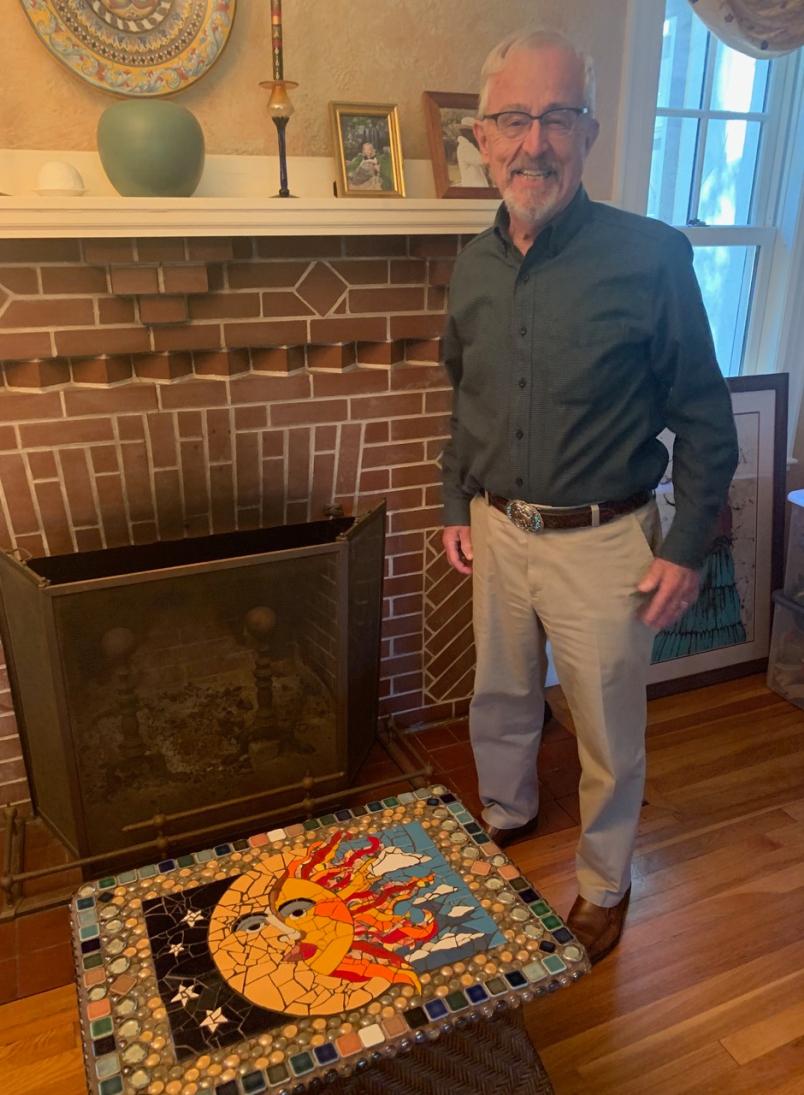



“Dr. Richard Larson has long been fascinated by the hidden mechanics behind everyday inefficiencies. His journey into the world of queues wasn’t incidental—it was intentional, driven by a desire to improve public services and system management.”

believesthateverygreatleadershouldalsobeagreatteacher. Hisleadershipphilosophyisrootedin:
• LeadingbyExample:Demonstratingthatpassionand curiosityleadtomeaningfuloutcomes.
• EncouragingHands-OnLearning:Alwaysgointothe fieldbeforemakingassumptions.
• Fostering Innovation: Problems are opportunities in disguise.
• Promoting Collaboration: Great solutions emerge fromsharedideas.
ManyofDr.Larson’sformerstudentshavegoneontobecome professors, executives, and public leaders. Each credits him not only for his knowledge but for his humility, approachability,andgenuinecare.“Hedoesn’tjustteachyou how to solve equations—he teaches you how to think,” one formerstudentremarked.
Despite his accomplishments, Dr. Larson remains humble abouthisjourney.Heacknowledgesthateverytriumphcame with challenges particularly the difficulty of building models that are both theoretically sound and practically useful. “It’s a dance between perfection and utility,” he explains.Hisiterative,feedback-drivenapproachhasallowed him to fine-tune innovations over decades, ensuring their lastingrelevance.
He encourages young professionals to resist the lure of shortcuts and trends. “Don’t follow the crowd,” he advises. “Pursue your intellectual passions. That’s where the magic happens.”
Dr. Larson speaks with great fondness of MIT, which he describes not as a monolithic institution but a vibrant ecosystemofindependentthinkers.“ThebeautyofMITisits 1,000 unique minds, all following their own curiosity,” he says.
While officially retired from research, he remains actively involved in mentoring, advising, and supporting new initiativesattheinstitute.HisvisionforMIT’sfutureincludes greaterintegrationofexperientiallearning,cross-disciplinary problemsolving,andarenewedfocusoncriticalthinking.

“Beyond operations research, Dr. Larson is perhaps equally known for transforming global education.”
initiatives have opened doors for learners worldwide. His philosophy has touched the hearts and minds of those privilegedtolearnunderhim.
His story is a testament to the power of interdisciplinary thinking,thevalueofmentorship,andtheenduringimpactof staying curious. As the world faces new challenges —technological, environmental, educational—his teachings remainmorerelevantthanever.
In his own quiet but powerful way, Dr Larson continues to shapethefuture—notbydictatingitscourse,butbyequipping otherswiththetoolstonavigateitwisely
For those starting their journeys in research, education, or leadership,Dr.Larsonofferssimplebutprofoundguidance:
• Followyourintellectualcuriosity.

• Neverstopquestioning.
• Don’tfearfailure—it’syourbestteacher.
• Contributetosomethinglargerthanyourself.
• Andalways,alwaysgiveback.
Dr Richard Larson has lived a life of purpose, constantly bridgingthegapbetweenknowledgeandaction.Hismodels have transformed how systems are run. His educational
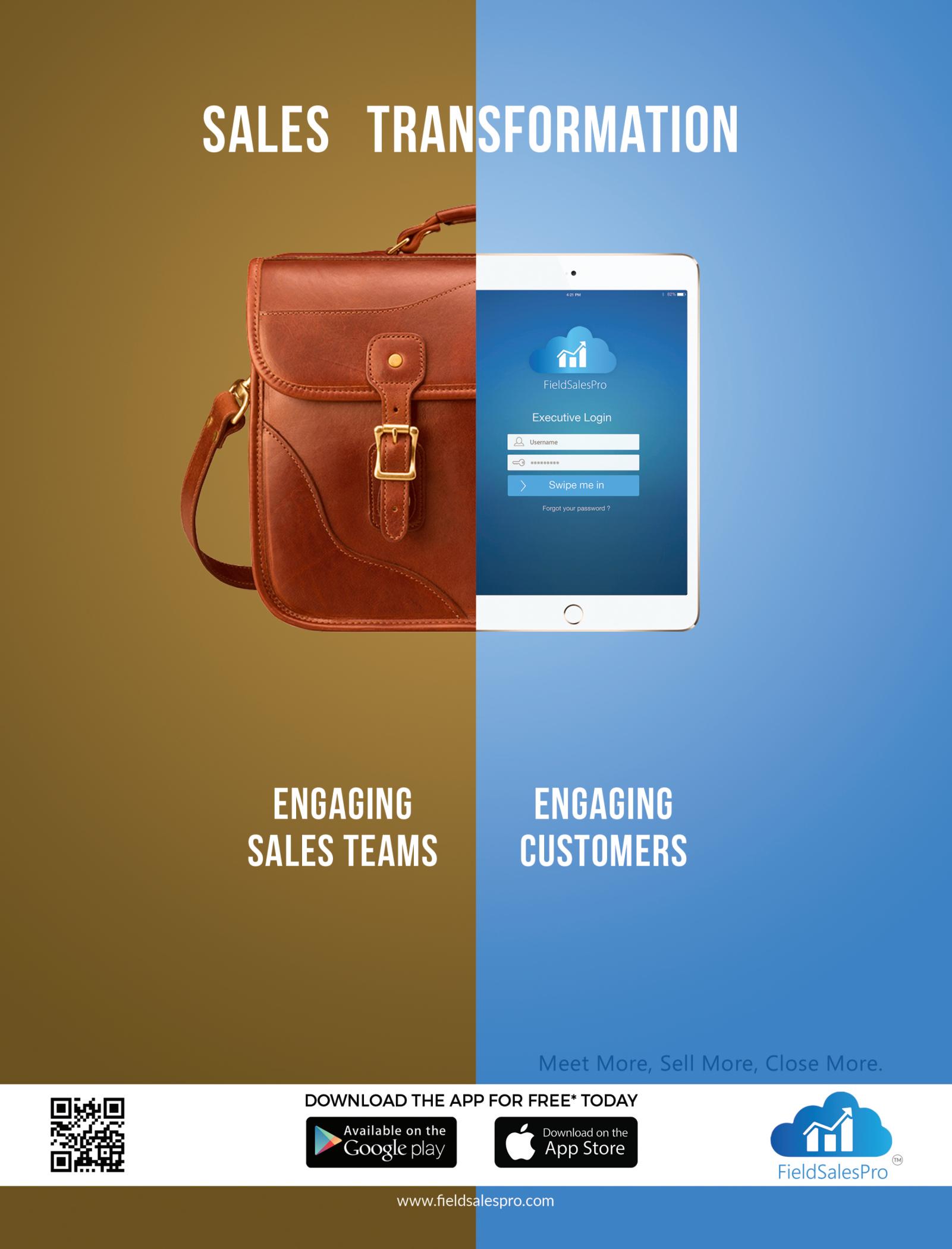


Theterm“mathematicsclassrooms”canmake peoplerememberrules,silence,andendupwitha littleanxiety.Evenso,newtechnologieswitha caringtoucharestirringachangeandsoontheseroomswill beseenasopen,supportive,andpersonablelearning spaces.So,technologyisnotlimitedtonumbercrunching butalsoletspeoplebuildatrueinterestinmath.
Classicalmathteachingtendstobea"one-size-fits-all" processinwhichitisassumedthateverylearnertakesthe sameamountoftimeandlearnsinthesamemanner This process,however,leavessomestudentsfrustratedand behindwhileothersareunder-challenged.Technology basedonempathyfixesthisspecificallybyproviding personalizedlearningpathways.
Advancedalgorithmsinadaptivelearningsystemsallow themtostudystudents’resultsandfindouttheirstrengths, gaps,andpreferredmethodsoflearning.WithKhan AcademyandMonsterMathbyitsside,studentscanuse variouswaysoflearning,includingstudysessionsand lessonsthatgettougherastheymasterthesubject.
Insteadofgoingoveranothersubject,theplatformgives moreonfractionsifthestudentishavingahardtimewith them.Duetothisempatheticmethod,allstudentsare guidedwiththerighthelpattherighttime,whichbolsters theirself-confidenceandhelpseasetheirstandardmath anxiety.Thepurposeistoeasemathchallengesandhelp eachstudentidentifytheirownjourneytolearning.

TechnologyasaBridgeEmpathyinthemathclassisnot justaboutone-on-onelearning;it'salsoaboutcreatinga supportivecommunity Technologycanplayanunexpected partinthecreationoftheseconnections.Collaborative websitesandvirtualwhiteboardsallowstudentstowork togetheronproblems,describetheirthinking,andlearn fromeachother'sperspectives.Thiscanbeespecially usefulforstudentswhomightotherwisenotspeakupina lectureenvironment.Observingthewayapeerworks throughaproblem,albeitdifferently,cantriggernewideas andcreateasenseofshareddiscoveryinplaceofisolated struggle.
Inaddition,AItutoredsystemsaremovingbeyondthe simpleanswer-giver.Somearebeingdesignedtoadopta Socraticquestioningstyle,leadingthestudenttofind solutionsforthemselves,notmerelyhandthemover. Althoughnotasubstituteforahumaninstructor,AItutors canprovidereliable,non-criticalsupport,servingasa persistentfriendthatfosterscriticalthinkingand perseverance.
Thiscanbeespeciallyeffectiveforstudentswhoareafraid ofgettingthingswrong,offeringaplaceofsecurityfor experimentationanddevelopmentinmathematics classrooms.
Oneofthelargestchallengestomatheducationismakingit funandrelevant.Technologybasedonempathyisbridging thisgapbyconnectingmathematicalabstractnesswith everydayapplicationsandhumanexperience.Virtualand augmentedreality(VR/AR)applications,forexample,can immersestudentsinenvironmentswheremathematical principlesareessential.Imagineexploringavirtualcity whereagraspofgeometryisessentialtofindingone'sway around,orconstructingabridgeinasimulatedworldthat requiresexactmeasurement.
Inplacingthestudentsin"feel"ofthemathematicscontext, thetechnologiesfacilitatericher,affectivesense-makingof themathematics.Ittransformsmathfromafragmentedset ofarbitraryrulestoanempoweringtoolforknowingand relatingtotheworld.Teachersthemselvescanuse technologytobetterunderstandtheirstudents'affective reactionstomathematics.Analysisoflearningplatformdata
canrevealpatternsoffrustration,engagement,orvictory, allowingteacherstointervenewithcelebratory encouragementorsupport,makingthepersonalizedhuman touchmoreimpactfulinmathematicsclassrooms.
Thisnewscenariobringsaboutachangeintheroleofthe mathematicsteacherfromaninformationgivertoan enablerofunderstandingandemotionalwell-being.With technologyassistanceindiagnosingandindividualization, therewillbemoretimeforindividualizedmentoringfrom instructors,un-blockedemotionalconcernsthatcangetin thewayoflearning,andacollaborative,question-driven learningenvironment.Theywillalsohavedatafromthose empathy-drivenplatforms,whichprovidethemwitha richersenseofeachstudent'spath,sothattheycanhave reallysubstantialinteractionsaswellasgroupdiscussions ofthe"why"behindthe"how".
Theadditionofempathy-driventechnologytomath classroomsisnotjustabouttestresults;it'saboutbuildinga generationoflearnerswhoseemathematics,insteadofasa dauntingsubject,asanopenandexcitingterraintoexplore. Withtheemphasisonone-on-oneattention,genuine connection,andmakingthehumanusabilityofnumbers comealive,thesetechnologiesaresquarelytransforming mathematicsclassroomsforamoreempatheticand effectivelearningfuture.





Atsuchatime,whenhightechnologyadvancement andcomplexglobalchallengesarenorms,there hasneverbeengreaterdemandforanextremely qualifiedworkforceinscience,technology,engineering, andmathematics.However,traditionalapproachesto teachinginSTEMfieldsfrequentlyforgettoaddressthe criticalcomponent:social-emotionallearning.
IntegratingSELintoSTEMeducationisnotmerelya pedagogicaltrend;it'satransformativeapproachthatequips studentswiththeholisticskillsnecessarytothriveinboth theiracademicpursuitsandfuturecareers.
Forfartoolong,STEMeducationhasbeenseenasa domainoflogicaldeductionandobjectivefacts,with emotionsandinterpersonalskillslackingvalue.This narrowconceptionfailstorealizethefactthatSTEMfields arefundamentallycollaborative,problem-solving,andeven iterative.Forinnovationsgenerallydonotspringfrom isolatedgeniuses;theyaretypicallygeneratedbydiverse teams,goodcommunication,criticalreflection,and perseveranceinthefaceoffailure.
Infact,suchskillsasself-awareness,self-management, socialawareness,relationshipskills,andresponsible decision-makingmakeanSELcomprehensivesolutionto theseneeds.Providedthatastudentcanunderstandtheir learningstyle,managefrustrationwhenperforming cumbersomeexperiments,workwellinthegroup, empathizewithotherviewpoints,andmakeafairethical choiceforhisscientificactivity,engagementandsuccessin theSTEMfieldsexplode.


Itisnotasubstitutionofbasiccurriculabutanenrichment ofit.Herearesomeexamples:
Self-AwarenessinProblem-Solving:Whenstrappedona difficultengineeringproblem,self-awarenesswouldmake thestudentrealizesheisatthatmomentexperiencing frustration,confusion,andstrategizehowtoworkaroundit ratherthanresortingtogivingaway.Sheismadetorealize howmuchstrengthsheorhehasincertainSTEMsubjects, hencesheshouldlearnmorefromthere.
Self-managementinExperiments:Experimentsinvolving hands-onsciencecanbequitemessyandunpredictable.For example,agoodself-managerishewhocanconcentrateto coordinatethematerials,keeptryingthroughtrialanderror evenwhenresultscomingoutinthefirstfewattemptsend upbeingzero,toyieldexactresults.Thisiswhatscientific discoverycallsfor.
SocialAwarenessinTeamProjects:ManySTEMcareers involveinterdisciplinaryteams.SELfosterssocial awareness,allowingstudentstounderstandandappreciate diverseviewpointswithinagroup,leadingtomore inclusiveandeffectivecollaborationoncodingprojectsor designchallenges.
RelationshipSkillsinTeamWork:Frompresenting researchresultstodebatingscientifictheories,effective communicationisthebackboneofSTEM.Excellencein relationshipskillsallowsthestudentstoexpressthemselves effectivelyandlistencarefullyenoughtoprovide constructivefeedbacktoturnthischoreintoapowerful learningexperiencewiththeapplicationofSTEM education.
ResponsibleDecision-MakinginDesign:Whendesigning anewproductorsystem,ethicalconsiderationsarecrucial. SELempowersstudentstothinkcriticallyaboutthesocietal impactoftheirSTEMinnovations,ensuringresponsible decision-makingfromconcepttoimplementation.
PracticalPathways:ImplementingSELinSTEM Classrooms
TheintegrationofSELdoesn'trequireacompleteoverhaul ofSTEMeducation.Small,intentionalshiftscanmakea significantdifference:
• Project-BasedLearningwithSELRubrics:Design STEMactivitiesthatrequirestudentstocollaborateand problem-solve,andthenapplySELskillstotherubric
usedforgrading.Forexample,determinenotjustthe technicalproductbutalsowhetherstudentseffectively communicated,resolvedconflicts,orshowed perseverance.
• ReflectiveJournaling:Askthatstudentskeep reflectivejournalsafterexperimentsorchallenging assignments.Thesemayposesuchquestionsas:"What waschallengingaboutthisassignmentandhowdid youovercomeit?"or"Howwelldidyourgroupwork together(ornotworktogether)?"Thisbuildsselfawarenessandself-management.
• CollaborativeNorms:Establishexplicitnormsof groupworkinSTEMeducationthatvaluerespect, activelistening,andhonestcriticism.Regular debriefingonhowwelltheteamadheredtothese norms.
• GrowthMindsetPromotion:Teachandemphasize explicitlytheideaofagrowthmindset–theideathat skillscanbemasteredwitheffortandperseverance. Praiseeffortandlearningfromfailure,notmerely flawlessresults,whichisespeciallyimportantin disciplinessuchasengineeringwhererepeatingis essential.
• Real-WorldApplicationsandMoralDilemmas: Presentreal-worldSTEMproblemsthathaveethical connotations.Talkingaboutthesedilemmascan promoteresponsibledecision-makingandsocial sensitization,illustratingthewiderreachoftheir STEMeducation.
TheFutureofSTEM:RaisingInnovatorsof Compassion
ByconsciouslyintegratingSELintoSTEMeducation,we arenotonlycreatingtechnicallycompetentpeople;weare developingwell-roundedinnovators,thoughtfulthinkers, andcompassionateleaders.Thesearethepeoplewho,by tomorrow,willsolvethesecomplexitieswithintegrityanda mutualsenseofcollaborationanddeepacknowledgmentof thehumanelement.SuchSTEMintegrationthroughSEL meanstoinvestinthatfuturewherescientificadvancement ispairedwithsocialaccountabilityandmovesustowarda morejustandsustainableworld.
















www.x.com/insightssuccess

